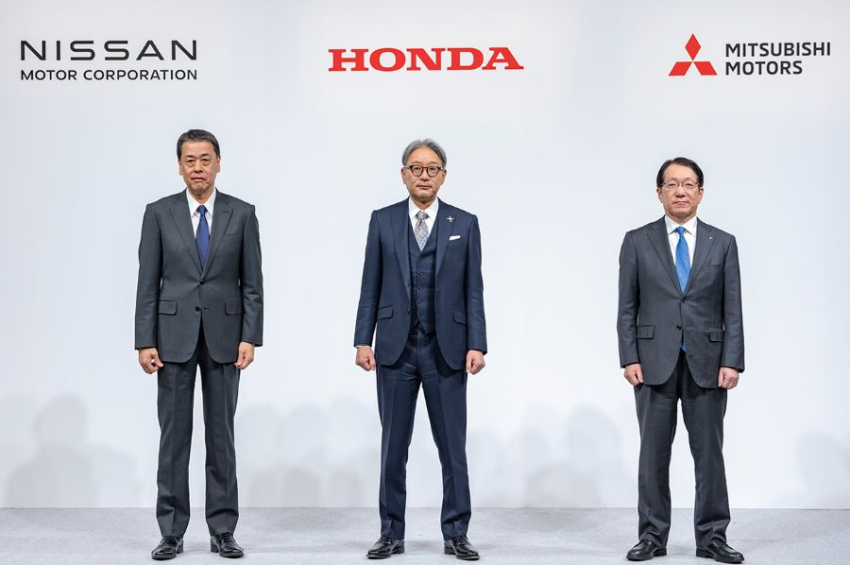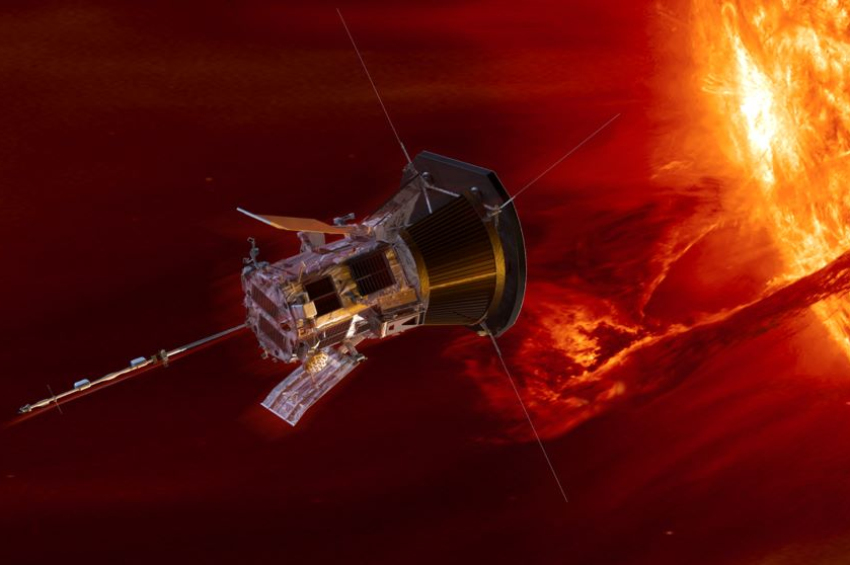British scientists and engineers create world's 1st nuclear-diamond battery
Scientists from the University of Bristol and engineers at the United Kingdom’s Atomic Energy Authority (UKAEA) have successfully created the world’s first nuclear-diamond battery. Using carbon-14, a radioactive isotope with a half-life of 5,700 years, it could power devices for thousands of years.
The nuclear-diamond battery functions by leveraging the radioactive decay of carbon-14 embedded within a manufactured diamond. As the carbon-14 decays, it emits fast-moving electrons, which are captured by the diamond structure to generate electricity, much like how photovoltaic cells in solar panels convert photons into power.
More to read:
Chinese startup unveils miniature atomic battery
This innovative energy source produces continuous microwatt levels of power and requires no moving parts, making it highly durable and maintenance-free. Additionally, the battery has no carbon emissions and poses no radiation risk due to the diamond’s ability to safely encase the radioactive material.
The carbon-14 used in the battery is sourced from graphite blocks in nuclear reactors, where it concentrates on the surface. A single gram of carbon-14 in the battery can produce 15 joules of electricity per day - far less powerful than conventional alkaline batteries in the short term but vastly more enduring. For example, while an alkaline AA battery is exhausted within 24 hours, the nuclear-diamond battery would take 5,730 years to deplete to half its power.
More to read:
What is regenerative battery and why it’s better than lithium-ion ones
The battery has been fabricated using a plasma deposition rig at UKAEA’s Culham Campus. This rig was developed through expertise gained from fusion energy research. In its current form, the battery is suitable for various applications, particularly in environments where battery replacement is impractical.
Among most notable employments the following stand out:
• Medical devices: Bio-compatible diamond batteries could power pacemakers, hearing aids, and ocular implants, reducing the need for replacements and minimizing patient discomfort.
• Space exploration: The battery could operate spacecraft and payloads for decades, enabling long-term missions without significant power depletion. A spacecraft equipped with such a battery could travel to Alpha Centauri—4.4 light-years away—without losing much power.
• Extreme environments: Ideal for powering machines in challenging settings, such as seabed oil and gas machinery or security devices.
• Tracking and identification: Diamond batteries can support active radio-frequency tags, providing power for identifying and tracking devices on Earth or in space.
More to read:
Good-bye batteries? A new sensor harnesses mechanical power from vibration
The team behind the project emphasizes that the diamond’s exceptional hardness and durability make it the safest material to encase the radioactive source. As Sarah Clark, director of Tritium Fuel Cycle at UKAEA, explained in a press release, “Diamond batteries offer a safe, sustainable way to provide continuous microwatt levels of power. They are an emerging technology that use a manufactured diamond to safely encase small amounts of carbon-14.”
This innovative technology not only has the potential to revolutionize energy solutions for long-term applications but also demonstrates the benefits of leveraging advancements from fusion energy research to accelerate breakthroughs in related fields.
Whether carbon-14 batteries will enter mass production is unclear yet.
***
NewsCafe is an independent outlet that cares about big issues. Our sources of income amount to ads and donations from readers. You can support us via PayPal: office[at]rudeana.com or paypal.me/newscafeeu, or https://buymeacoffee.com/newscafe . Any amount is welcome.






